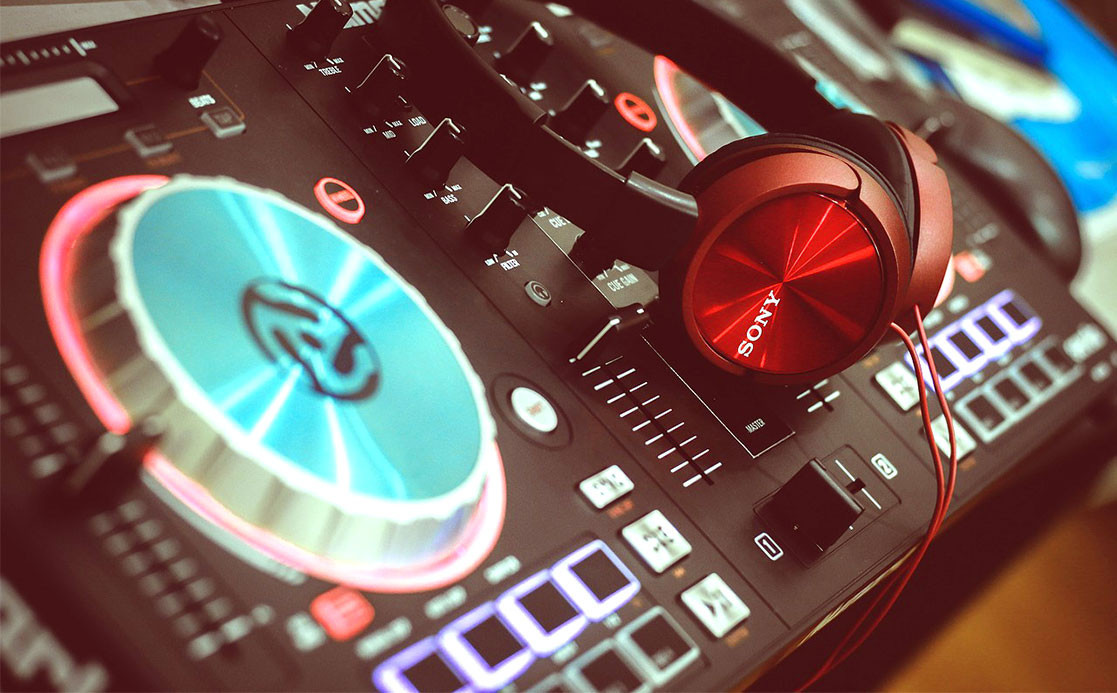How To Use Midi On Your Digital Piano

An acoustic piano has a singular purpose - producing piano notes as you press its keys. However, with the integration of a MIDI system into a digital or hybrid keyboard, your musical possibilities expand greatly. This MIDI (Musical Instrument Digital Interface) system allows you to establish connections and communication with other keyboards, computers, and digital equipment. Pronounced as "mid-ee," MIDI has the potential to revolutionize your musical experience.
Multi-Instrument Ensemble
Imagine having three keyboards at your disposal. You can connect the other two keyboards to the one you've designated as the controller by making it sound like a piano. You may configure each of these keyboards to make a different sound, like a flute or a tuba. The other keyboards receive MIDI messages (binary codes), which are delivered when you play the controller and contain instructions on which notes to play, their duration, volume, and other information. The result is a harmonious ensemble that sounds as though three separate players are performing three different instruments simultaneously.
Read: The Inside Story Of A Piano: Parts That Create Music
Keyboard Sounds
However, the capabilities of MIDI extend far beyond this. Establishing a MIDI connection between your keyboard and a computer through a MIDI cable opens avenues for recording, editing, and notating your music using specialized software programs. You can even listen to MIDI-recorded CDs with songs played using your keyboard's sounds. Hybrid pianos and player piano systems also employ MIDI technology to communicate with other digital equipment. MIDI software and recordings have emerged as valuable teaching tools, enabling learners to follow along precisely as their keyboard plays intricate songs.
Keyboard-to-Computer Integration
Digital pianos and keyboards offer an array of options to facilitate music recording. You can directly record your performance on the keyboard or link it to your computer using MIDI cables. Opting for MIDI recording captures your exact playing without the need for complex recording setups. The MIDI messages generated by your keyboard as you play can be stored on a computer or sequencer. When you press "play" on the sequencer, you'll hear an exact reproduction of your performance, note for note and volume for volume.
Read: Yamaha's TC3 Trans Acoustic Pianos
Multi-Track Recording and Enhancement
Digital recording and sequencing software amplify your creative possibilities. You can record various instrument tracks separately, assigning different sounds to each track. For instance, you might record the melody on Track 1 with a piano sound, followed by a drum part on Track 2 and a guitar part on Track 3. The playback of these tracks in unison creates a rich ensemble effect akin to a complete band performance. These software programs also empower you to edit, transpose, adjust tempo, and fine-tune note properties. You can even incorporate sound effects like reverb to enrich your recordings.
Keyboard-to-Keyboard Possibilities
MIDI connectivity enables exciting keyboard-to-keyboard interactions. You can link multiple MIDI keyboards together, establishing a chain of instruments. Each keyboard can be configured with a distinct sound patch. As you play the primary controller keyboard, all the connected keyboards will respond simultaneously with their respective sounds. This setup enables captivating combinations, such as blending piano and string sounds or mixing brass and electric guitar tones.
MIDI's Role in Music Notation
MIDI also proves invaluable in the realm of music notation. When you connect your MIDI keyboard to a computer and access notation software, you gain the ability to write, read, and playback your compositions. Numerous educational programs offer interactive experiences to aid in learning music notation basics. Furthermore, these notation programs allow you to transcribe your compositions, enabling you to share your musical creations with fellow musicians.
MIDI technology is a transformative force that expands the horizons of musical creation, performance, and education. Its integration enables you to explore an extensive array of sounds, record intricate compositions, collaborate with other musicians digitally, and refine your musical skills through interactive software tools. MIDI's versatility and impact on the music industry are profound, ushering in new possibilities for musicians and composers alike.
To Buy Piano, Visit our Used Piano Store online and in Dubai. We have the best collection of Digital Pianos, Upright Pianos, and grand Pianos available for you.
